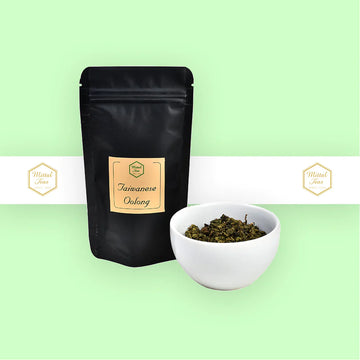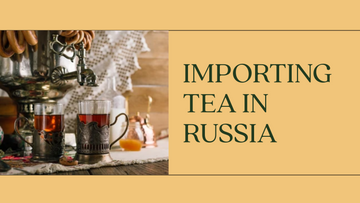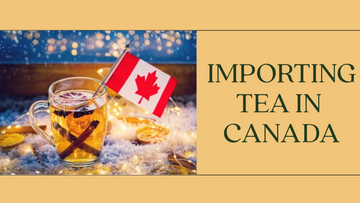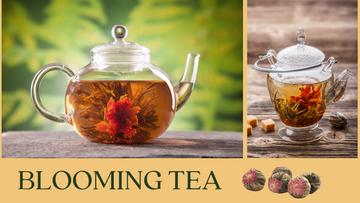
Plain, milky, rose and floral these are only few categories of the much celebrated oolong tea.
This unique tea variety sits right between the realms of green and black tea, offering a diverse range of flavors and aromas that captivate tea enthusiasts worldwide.
Let’s embark on a journey to decode the enigmatic elegance of Oolong tea, exploring its origins, production methods, flavor profiles, and the art of brewing.
Origins and Cultivation
Oolong tea finds its roots in China, specifically in the Fujian province, where the intricate craft of producing this tea was first developed. The tea's name, "Oolong," translates to "black dragon" in Chinese, alluding to its partial oxidation process that lies between that of green and black teas. Over time, Oolong cultivation spread to other tea-producing regions such as Taiwan, India, and even parts of Southeast Asia, resulting in diverse variations and flavor profiles.
Production Methods
The unique character of Oolong tea can be attributed to its intricate production process, which involves precise steps of withering, rolling, oxidation, and firing. Here's a simplified breakdown of the process:
- Withering: Just-picked tea leaves are spread out and left to wither under carefully controlled conditions, allowing excess moisture to evaporate.
- Rolling: The withered leaves are gently rolled to release their essential oils and trigger oxidation.
- Oxidation: This is a crucial step where the level of oxidation is precisely controlled. The leaves are partially oxidized, anywhere from 20% to 80%, resulting in a wide range of flavors and aromas.
- Firing: Oxidation is halted by firing the leaves at specific temperatures. This step locks in the tea's unique characteristics and prevents further oxidation.

Flavor Profiles and Aromas
Oolong tea showcases an incredible array of flavors and aromas, influenced by factors such as oxidation level, tea cultivar, terroir, and processing techniques. Depending on the oxidation degree, Oolongs can range from light and floral to dark and roasted. Some Oolongs exhibit floral notes reminiscent of orchids, while others offer fruity undertones or even hints of honey and caramel. The wide spectrum of flavors ensures that there's an Oolong tea to suit every palate.
Brewing Oolong Tea: An Artful Experience
Brewing Oolong tea is an art that demands attention to detail and a genuine appreciation for the tea's complexity. Here's a general guide to brewing Oolong tea:
- Water Temperature: Use water just below boiling point, typically around 185°F to 205°F (85°C to 96°C).
- Tea-to-Water Ratio: A common ratio is 1 teaspoon of leaves per 8 ounces (240 ml) of water.
- Steeping Time: The steeping time varies based on the type of Oolong and personal preference. Start with 2-3 minutes and adjust according to taste.
- Multiple Infusions: Oolong leaves can often be steeped multiple times, with each infusion revealing different nuances of flavor.




